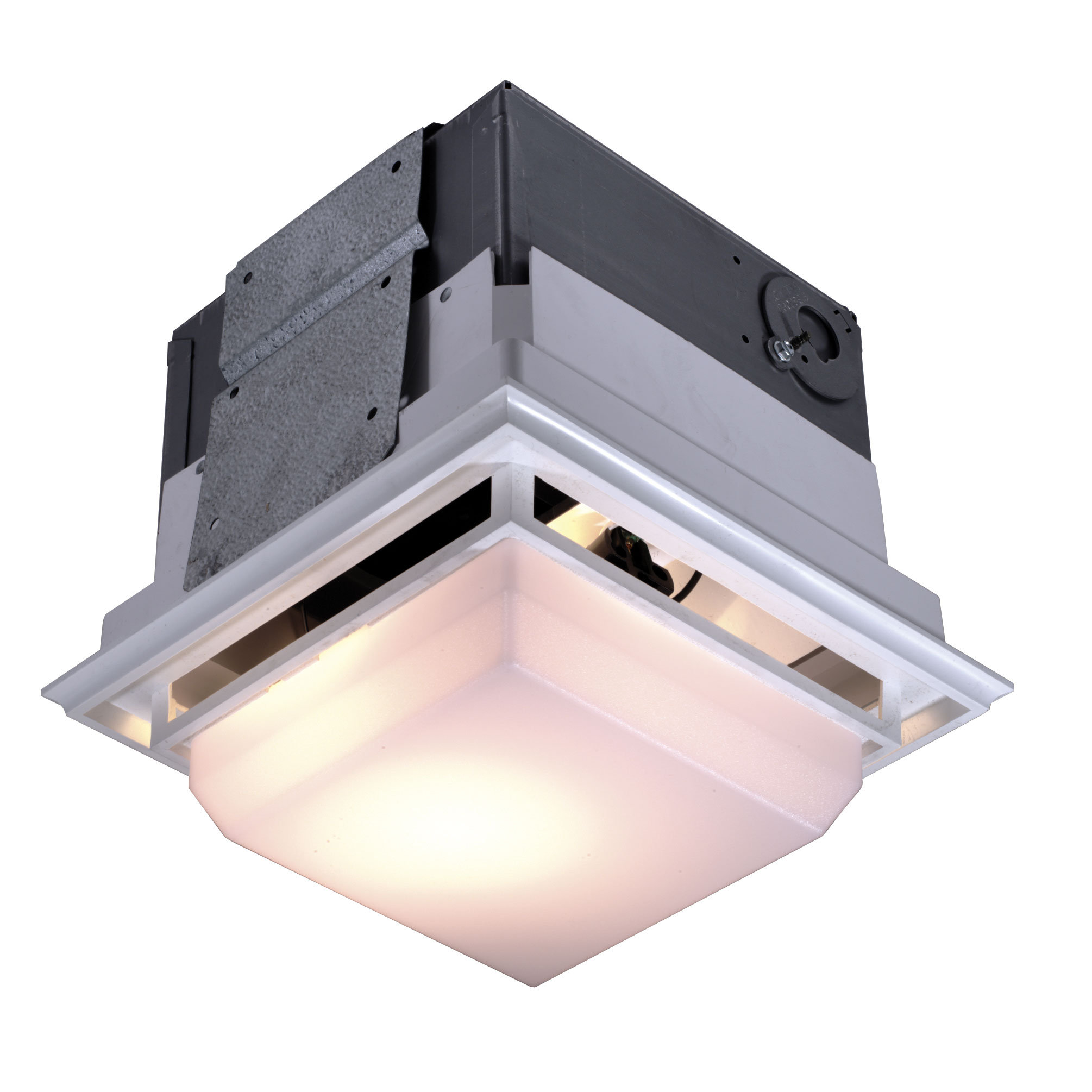PVC Bathroom Exhaust Fan Duct Design

Pvc bathroom exhaust fan duct – The bathroom is a humid environment that can quickly become stuffy and uncomfortable. A bathroom exhaust fan is a great way to remove moisture and odors from the air, making the bathroom more comfortable to use. PVC (polyvinyl chloride) is a lightweight and durable material that is often used for bathroom exhaust fan ducts. PVC ducts are easy to install and can be painted to match the bathroom décor.
The smooth, sturdy PVC bathroom exhaust fan duct ensures efficient ventilation, keeping your bathroom fresh and moisture-free. To design your bathroom ventilation system, consult the bathroom exhaust fan cad symbol for precise placement and connection details. This duct is a crucial component in maintaining a healthy and comfortable bathroom environment, effectively removing excess humidity and odors.
Benefits of Using PVC for Bathroom Exhaust Fan Ducts
- Lightweight and easy to install
- Durable and resistant to corrosion
- Can be painted to match the bathroom décor
- Relatively inexpensive
How to Design a PVC Bathroom Exhaust Fan Duct System
The first step in designing a PVC bathroom exhaust fan duct system is to determine the size of the duct. The size of the duct will depend on the size of the bathroom and the fan. A general rule of thumb is to use a duct that is at least 4 inches in diameter. The duct should also be as short as possible to minimize the amount of resistance to airflow.
PVC bathroom exhaust fan ducts are an essential component for ventilating bathrooms without windows. They effectively remove moisture and odors from the bathroom, preventing the growth of mold and mildew. If you’re looking for an efficient and affordable way to improve the air quality in your bathroom, consider installing a PVC bathroom exhaust fan duct.
For those who need a solution for bathrooms without windows, extractor fans are a great option. They can be easily installed and provide effective ventilation.
Once you have determined the size of the duct, you can begin to lay out the system. The duct should be run from the fan to the outside of the house. The duct should be sloped slightly downward to allow condensation to drain out. The duct should also be supported every 4 feet to prevent it from sagging.
Best Practices for Installing PVC Bathroom Exhaust Fan Ducts
- Use a sealant to seal all joints in the ductwork.
- Support the duct every 4 feet to prevent it from sagging.
- Slope the duct slightly downward to allow condensation to drain out.
- Install a backdraft damper to prevent air from flowing back into the bathroom.
PVC Bathroom Exhaust Fan Duct Materials
:max_bytes(150000):strip_icc()/how-to-install-a-bathroom-exhaust-fan-4147975-06-15c68685a26047188f9b5a7873a50f45.jpg)
PVC materials used for bathroom exhaust fan ducts come in various types, each with its unique advantages and disadvantages. Understanding these differences is crucial for selecting the most suitable material for specific applications.
PVC Types
There are three primary types of PVC materials commonly used for bathroom exhaust fan ducts:
- CPVC (Chlorinated Polyvinyl Chloride): CPVC is a highly durable and flame-resistant material that can withstand high temperatures. It is often used in commercial and industrial applications where durability is a priority.
- UPVC (Unplasticized Polyvinyl Chloride): UPVC is a rigid and lightweight material that is resistant to corrosion and chemicals. It is a popular choice for residential applications due to its affordability and ease of installation.
- PVC (Polyvinyl Chloride): PVC is a flexible and versatile material that is easy to work with. It is commonly used for DIY projects and in areas where flexibility is required.
Material Selection
The choice of PVC material for bathroom exhaust fan ducts depends on several factors, including:
- Application: The intended use of the duct should be considered. For example, CPVC is ideal for high-temperature environments, while UPVC is suitable for residential applications.
- Durability: The durability of the material should match the expected lifespan of the duct. CPVC and UPVC offer higher durability than PVC.
- Cost: The cost of the material should be taken into account. UPVC is generally more affordable than CPVC.
PVC Bathroom Exhaust Fan Duct Installation

Installing PVC bathroom exhaust fan ducts requires careful planning and execution. Follow these steps for a successful installation:
Cutting the Ducts
Use a PVC pipe cutter to cut the ducts to the desired length. Ensure clean, square cuts for proper fitting.
Joining the Ducts
Apply PVC cement to the ends of the ducts and fittings. Insert the ducts into the fittings and rotate them to ensure an even distribution of cement. Hold the joints firmly for several minutes to allow the cement to set.
Sealing the Joints, Pvc bathroom exhaust fan duct
Wrap duct tape around the joints to create an airtight seal. Ensure the tape is applied tightly and overlaps the edges of the joint.
Troubleshooting Common Installation Issues
- Leaking Joints: Check if the joints were properly cleaned, cemented, and sealed. Reapply cement or tape as needed.
- Poor Airflow: Ensure the duct size is adequate for the fan capacity. Check for any obstructions or kinks in the duct.
- Loud Noise: Use flexible duct connectors between the fan and duct to reduce vibration and noise.